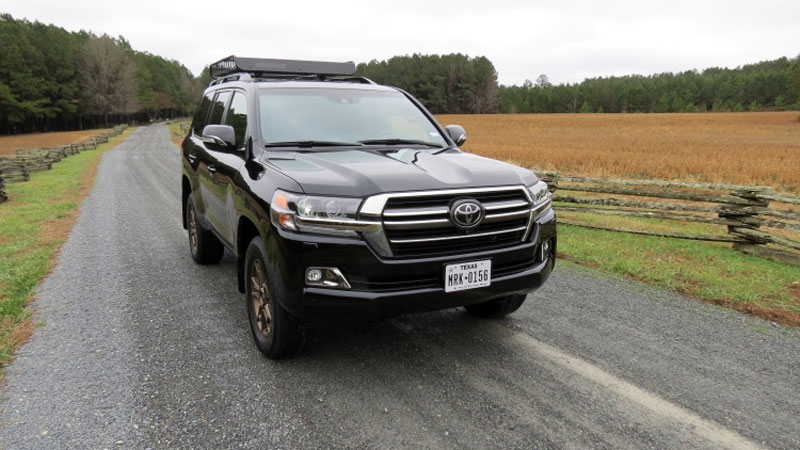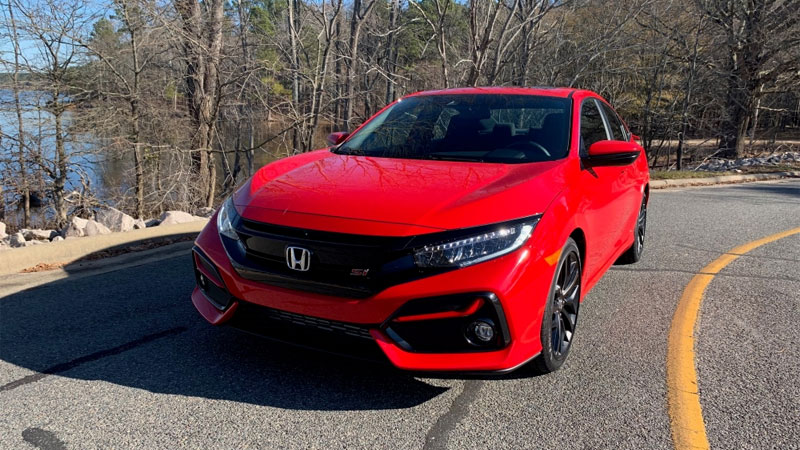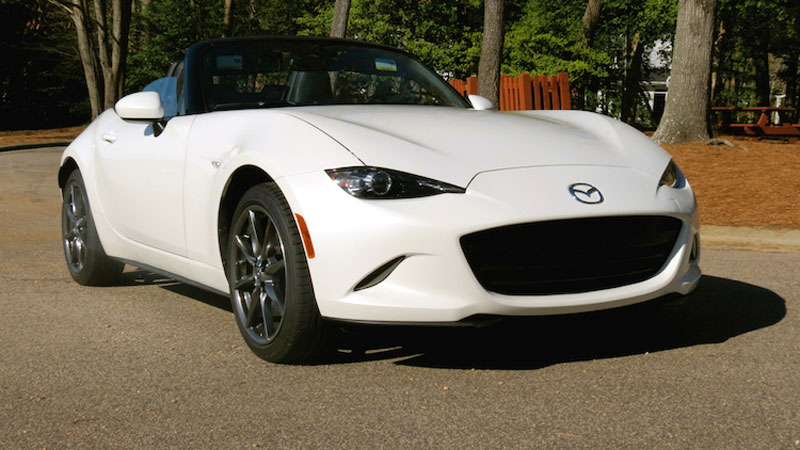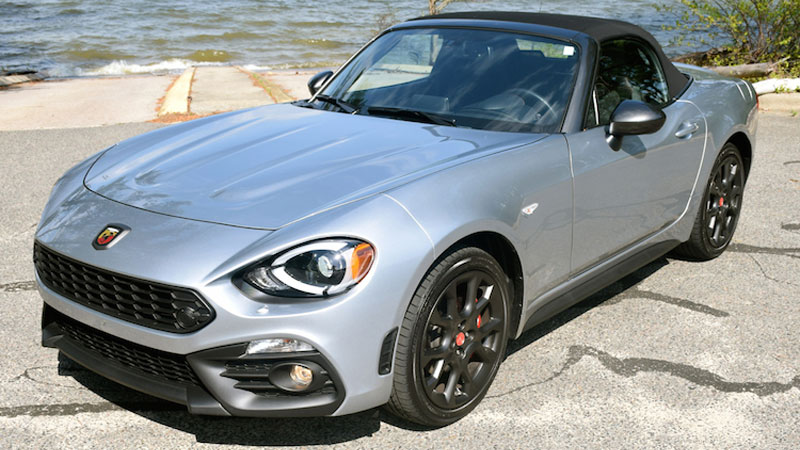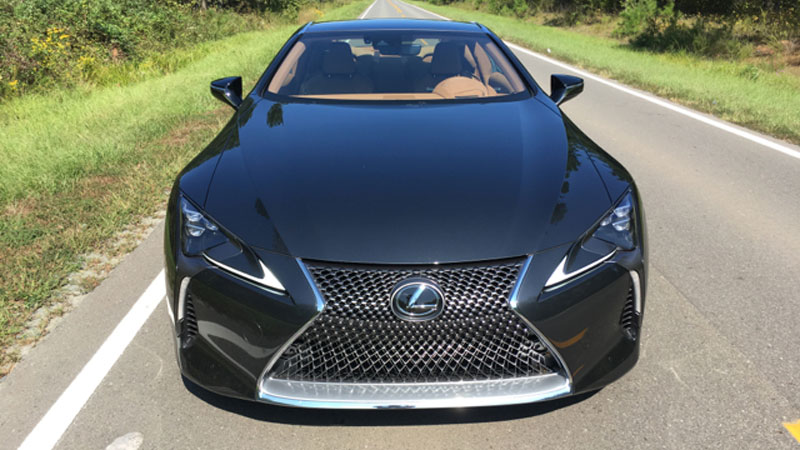Celebrating an Icon: The 2020 Toyota Land Cruiser Heritage Edition
In the world of SUVs, the Toyota Land Cruiser is a rare breed. This traditional body-on-frame utility vehicle is designed to handle the most rugged terrain. But it also delivers around-town comfort, putting it within an exclusive family of luxury models. That dichotomy makes the Land Cruiser so unusual. Few … Read more

